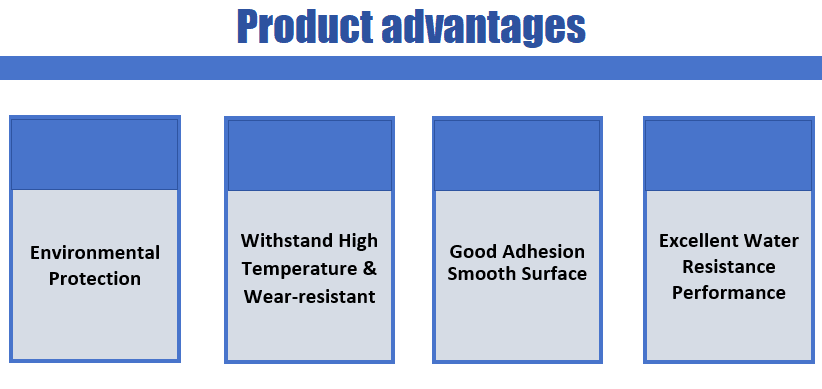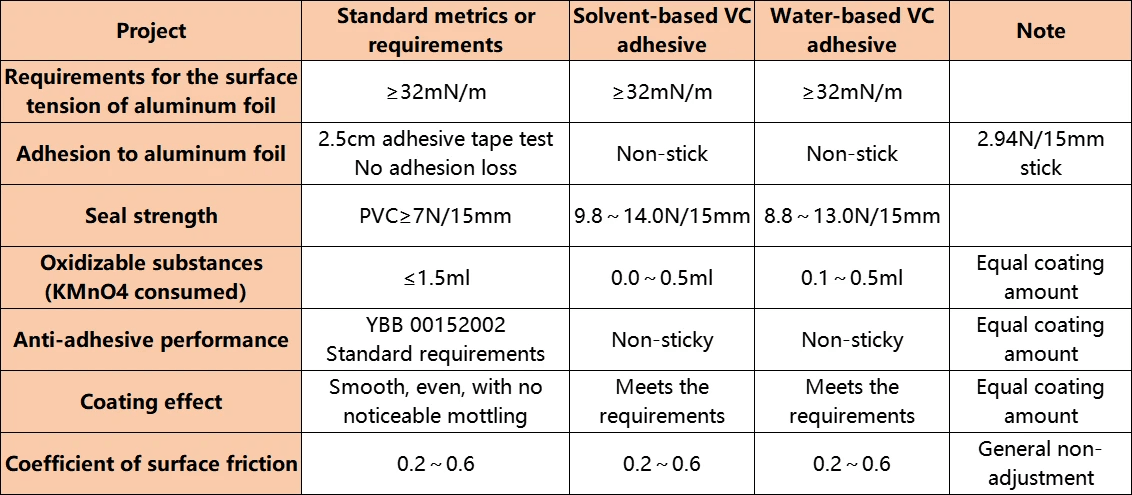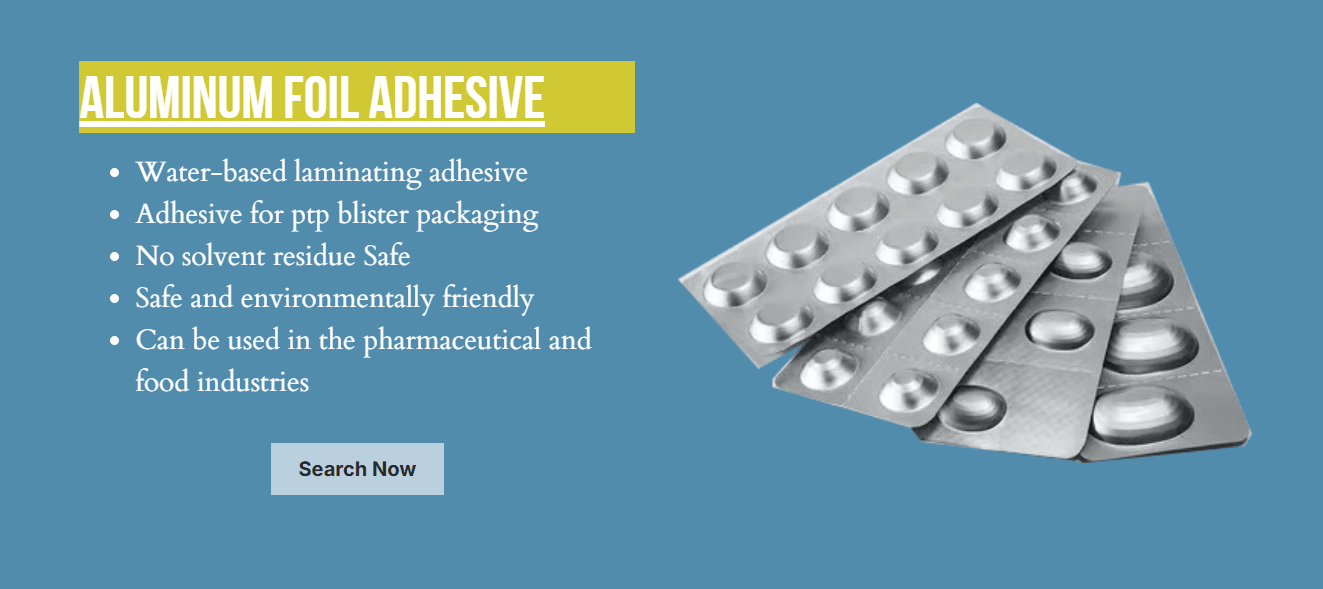Introduction

In the ever-evolving world of manufacturing, adhesive bonding has emerged as a cornerstone of composite materials, particularly in the automotive sector. The ability to create strong, durable connections between dissimilar materials is crucial for enhancing performance and safety in vehicles. As we delve into the realm of composite adhesive bonding, we uncover how structural adhesives like epoxy and acrylic glues are transforming the industry.
Importance of Adhesive Bonding in Composites
Adhesive bonding plays a pivotal role in composite materials by providing flexibility and strength that traditional fastening methods often lack. This technique allows for weight reduction while maintaining structural integrity, making it essential for modern automotive designs. Moreover, effective composite adhesive bonding can significantly improve resistance to environmental factors and stressors that vehicles encounter on the road.
Overview of Structural Adhesives
Structural adhesives are specially formulated to bond various materials together with remarkable strength and durability. Among these, epoxy adhesives stand out due to their exceptional mechanical properties and versatility; they can be found in both standard applications and specialized uses like 2 part epoxy adhesives for demanding environments. Additionally, acrylic glue offers rapid curing times and excellent adhesion on tough surfaces, making it another popular choice among manufacturers.
Applications in the Automotive Industry
The automotive industry has embraced adhesive technologies to meet the challenges posed by advanced materials such as carbon fiber and aluminum alloys. Automotive adhesives not only reduce vehicle weight but also enhance crashworthiness through improved energy absorption during impacts. From bonding body panels to securing interior components, adhesive glue plays a critical role in ensuring vehicles are safe, efficient, and environmentally friendly.
Understanding Composite Adhesive Bonding

Composite adhesive bonding is a crucial process that involves joining materials made from two or more constituent materials, often resulting in superior properties compared to traditional materials. This technique is particularly vital in industries like automotive, where lightweight and high-strength components are essential for performance and fuel efficiency. By utilizing specialized adhesives, manufacturers can create bonds that withstand various environmental conditions while maintaining structural integrity.
What is Composite Adhesive Bonding?
Composite adhesive bonding refers to the method of using adhesives to bond composite materials, which can include fibers like carbon or glass embedded in a resin matrix. This type of bonding allows for the creation of complex shapes and structures that would be difficult or impossible to achieve with mechanical fasteners alone. The process not only enhances the overall strength of the assembly but also reduces weight—an essential factor in automotive design where every gram counts.
Benefits of Using Composite Adhesives
One significant benefit of using composite adhesives is their ability to distribute stress evenly across bonded surfaces, reducing the likelihood of failure under load. These adhesives provide excellent resistance to environmental factors such as moisture and temperature fluctuations, making them ideal for automotive applications where durability is critical. Additionally, composite adhesive bonding often leads to faster assembly times compared to traditional methods like welding or riveting, improving overall production efficiency.
Key Types of Adhesives Used
When it comes to composite adhesive bonding, several key types stand out, each with its unique properties and applications. Epoxy adhesives are among the most popular choices due to their exceptional strength and versatility; they can be formulated as 2 part epoxy adhesives for enhanced performance in demanding environments. Acrylic glues also play a vital role in this space; they offer quick curing times and excellent adhesion on various substrates, making them suitable for automotive adhesive applications where time is money.
Exploring Epoxy Adhesives

Epoxy adhesives have become a cornerstone in the world of composite adhesive bonding, especially in industries like automotive manufacturing. Known for their strong bonding capabilities, epoxy adhesives can withstand various environmental stresses, making them ideal for high-performance applications. Their versatility allows them to bond a wide range of materials, including metals, plastics, and composites, which is why they are often favored over other types of adhesive glue.
Advantages of Epoxy Adhesive
One of the main advantages of epoxy adhesive is its exceptional strength and durability once cured. This makes it particularly suitable for automotive adhesive applications where structural integrity is paramount. Additionally, epoxy adhesives exhibit excellent resistance to moisture and chemicals, ensuring longevity even under harsh conditions.
Another benefit lies in their ability to fill gaps between surfaces, providing a solid bond even when there are slight imperfections in the materials being joined. This characteristic sets epoxy apart from contact adhesives that often require perfectly aligned surfaces for optimal performance. Moreover, epoxy glue has a relatively low shrinkage rate upon curing, which minimizes stress on the bonded parts and enhances overall durability.
Comparison with 2 Part Epoxy Adhesive
When discussing epoxy adhesives, it's essential to differentiate between one-part and 2 part epoxy adhesive formulations. The primary distinction lies in how they are mixed and cured; while one-part epoxies cure through exposure to heat or moisture, 2 part epoxies require mixing two components—resin and hardener—before application. This mixing process allows for greater control over curing times and properties but requires precise measurement for optimal results.
In terms of performance, 2 part epoxy adhesives generally offer superior mechanical strength compared to their one-part counterparts due to their customizable nature during formulation. However, they may also present challenges such as shorter working times once mixed or the need for additional equipment for proper application. Ultimately, the choice between these types will depend on specific project requirements within composite adhesive bonding contexts.
Best Practices for Epoxy Glue Application
For effective use of epoxy glue in composite adhesive bonding projects, following best practices can make all the difference in achieving strong bonds that last over time. First and foremost is surface preparation; ensure that all surfaces are clean from dust or grease before applying any adhesive glue to maximize adhesion potential. Using solvents like isopropyl alcohol can help prepare surfaces by removing contaminants effectively.
Next comes the mixing process—if using a 2 part epoxy adhesive—where accurate measurement is crucial; an improper ratio can lead to weak bonds or incomplete curing issues later on. After mixing thoroughly (but gently) to avoid introducing air bubbles into your mixture, apply it evenly across both surfaces you intend to bond together without excessive pooling at edges.
Lastly, consider clamping your bonded assembly if necessary; this helps maintain pressure during curing while preventing misalignment issues that could compromise bond strength down the line. Allow sufficient time as specified by manufacturer guidelines before putting any load on the joint; patience here pays off with lasting results!
The Role of Acrylic Glue

Acrylic glue is a versatile adhesive that has carved out a significant niche in the world of composite adhesive bonding. Known for its rapid curing and excellent clarity, acrylic adhesives offer strong bonds that can withstand various environmental conditions. Their unique formulation allows them to adhere to a wide range of substrates, making them a favorite in many industries.
Characteristics of Acrylic Adhesive
One of the standout characteristics of acrylic adhesive is its impressive strength-to-weight ratio, which makes it ideal for lightweight composite materials. Unlike traditional epoxy glue, acrylics cure quickly at room temperature, allowing for faster production times without compromising bond integrity. Additionally, they exhibit resistance to UV light and moisture, ensuring durability even in challenging environments—a crucial factor for automotive adhesives.
Applications in Various Industries
Acrylic glue finds applications across multiple sectors including automotive, aerospace, and construction due to its robust bonding capabilities. In the automotive industry specifically, it is used for attaching components and panels where flexibility and strength are paramount. Beyond vehicles, this adhesive excels in manufacturing signage and displays—demonstrating its versatility beyond just composite adhesive bonding.
Performance Comparison with Other Adhesives
When comparing acrylic glue with other adhesives like epoxy adhesive or 2 part epoxy adhesive, the differences become clear. While epoxy offers superior shear strength for certain applications, acrylics provide faster curing times and ease of use that make them appealing for on-the-go repairs or assembly lines needing efficiency. Moreover, contact adhesives may require more surface preparation than acrylics do—making acrylics a more user-friendly option without sacrificing performance.
Innovations in Adhesive Technologies

The landscape of adhesive technologies is evolving rapidly, driven by the need for more sustainable and effective solutions in industries like automotive manufacturing. With a focus on composite adhesive bonding, innovations are paving the way for new methods that enhance performance while minimizing environmental impact. Among these advancements, water-based resin solutions are gaining traction as a viable alternative to traditional adhesives.
The Rise of Water-Based Resin Solutions
Water-based resin solutions are revolutionizing the world of adhesive glue by offering an eco-friendly option without sacrificing strength or durability. These adhesives utilize water as a solvent rather than volatile organic compounds (VOCs), making them safer for both users and the environment. As automotive manufacturers increasingly prioritize sustainability, water-based resins are becoming essential for composite adhesive bonding applications, providing strong bonds that rival those of epoxy adhesives and 2 part epoxy adhesives.
In addition to being environmentally friendly, water-based resins exhibit excellent adhesion properties across various substrates, including metals and plastics commonly found in automotive components. This versatility makes them ideal for diverse applications ranging from structural bonding to assembly processes where traditional acrylic glue may fall short. As awareness grows about the benefits of these innovative solutions, we can expect their adoption to expand significantly within the industry.
Sustainable Practices in Adhesive Production
The push for sustainability is not just limited to product formulations; it also extends to production practices within the adhesive industry. Manufacturers are increasingly adopting eco-friendly methods that reduce waste and energy consumption during the production of composite adhesives. By investing in cleaner technologies and sustainable materials, companies can produce high-quality adhesives like epoxy glue while minimizing their carbon footprint.
Moreover, sustainable practices often involve sourcing raw materials responsibly and implementing recycling programs that ensure waste is kept to a minimum throughout all stages of production. This commitment not only enhances brand reputation but also aligns with consumer demand for environmentally conscious products—making it a win-win scenario for businesses and their customers alike. As automotive adhesive solutions continue to evolve towards greener alternatives, companies must embrace these practices to stay competitive.
Chemix's Water-Based Resin Solution
One notable player in this innovative space is Chemix, which has developed a cutting-edge water-based resin solution tailored specifically for composite adhesive bonding applications in the automotive sector. Their formulation combines exceptional adhesion properties with ease of use—allowing manufacturers to achieve strong bonds without compromising on safety or environmental standards associated with traditional contact adhesives or even epoxy adhesives.
Chemix’s solution stands out due to its ability to cure quickly while maintaining flexibility—a crucial aspect when dealing with varying thermal expansions between bonded materials commonly seen in vehicles today. Additionally, this product supports efficient application processes that reduce downtime during assembly lines—a key consideration when optimizing production efficiency within automotive manufacturing environments where every second counts.
By integrating Chemix's water-based resin into their operations, manufacturers can not only enhance bond strength but also contribute positively towards sustainability goals by choosing an option that's kinder on our planet compared to conventional alternatives like 2 part epoxy adhesives or acrylic glue options.
The Future of Adhesive Bonding in Automotive

The future of adhesive bonding in the automotive industry is brimming with potential, as manufacturers increasingly recognize the value of composite adhesive bonding. With a growing emphasis on lightweight materials and fuel efficiency, automotive adhesives are evolving rapidly. Innovations such as epoxy adhesives and acrylic glues are becoming essential tools for engineers aiming to enhance vehicle performance while maintaining structural integrity.
Trends in Automotive Adhesives
Current trends indicate a significant shift towards the use of advanced adhesives like epoxy glue and contact adhesives in vehicle manufacturing. These materials not only provide superior bonding strength but also contribute to weight reduction—a crucial factor for electric vehicle design. Moreover, the rise of 2 part epoxy adhesive systems allows for tailored applications, ensuring that specific requirements are met across diverse automotive components.
In addition to performance improvements, sustainability is becoming a pivotal trend in adhesive development. Manufacturers are increasingly looking for eco-friendly options that do not compromise on quality or effectiveness. This has led to innovations such as water-based resin solutions that align with both regulatory standards and consumer preferences for greener products.
Impact of Advanced Materials on Bonding
The introduction of advanced materials into automotive design greatly influences composite adhesive bonding techniques. Lightweight composites, metals, and plastics require specialized adhesives that can handle different thermal expansion rates and environmental conditions without degrading over time. Epoxy adhesives have risen to the occasion here, providing excellent adhesion properties while accommodating these challenges.
Furthermore, the versatility of acrylic glue is being harnessed more than ever as manufacturers seek ways to bond dissimilar materials effectively. This compatibility enhances overall vehicle durability while optimizing manufacturing processes by reducing assembly time through efficient bonding methods. As new materials emerge, so too will the need for innovative adhesive solutions that can adapt seamlessly.
Future Challenges and Opportunities
While the future looks bright for automotive adhesive technologies, several challenges remain on the horizon. One significant hurdle is ensuring consistent quality across various production environments; variations can lead to compromised bond strength or premature failures in critical components using epoxy glue or other adhesives. Additionally, the ongoing development of stricter regulations regarding VOC emissions will necessitate further innovation in sustainable adhesive formulations without sacrificing performance.
On the flip side, these challenges present ample opportunities for growth within this sector—companies willing to invest in research and development could lead the charge toward next-generation automotive adhesives that meet evolving demands more effectively than ever before. Collaboration between material scientists and engineers will be crucial; together they can create solutions that push boundaries while keeping costs manageable.
As we look ahead at composite adhesive bonding technologies in vehicles, it's clear that adaptability will be key to overcoming obstacles while capitalizing on emerging trends within this dynamic industry landscape.
Conclusion

In summary, the world of composite adhesive bonding offers a fascinating array of technologies that are crucial for modern manufacturing, particularly in the automotive sector. From the durability of epoxy adhesives to the versatility of acrylic glue, each type plays a unique role in ensuring strong and reliable connections. The advancements in adhesive glue formulations continue to push boundaries, making vehicles lighter, safer, and more efficient.
Recap of Key Adhesive Technologies
Throughout this discussion, we have explored various adhesive technologies that enhance composite adhesive bonding. Epoxy adhesives stand out for their exceptional strength and resistance properties, while 2 part epoxy adhesives offer flexibility in application and curing times. Meanwhile, acrylic glue brings its own set of advantages with fast curing times and excellent adhesion on different substrates—making it an essential player across multiple industries.
Importance of Sustainable Adhesives
As we look towards the future, the importance of sustainable adhesives cannot be overstated. The rise of water-based resin solutions highlights a growing trend toward environmentally friendly practices within adhesive production. By embracing sustainable options like contact adhesives that minimize harmful emissions and waste, manufacturers can meet both performance standards and environmental responsibilities.
Final Thoughts on Composite Adhesive Bonding
In conclusion, composite adhesive bonding is not just a technical necessity; it is an art form that combines science with creativity to achieve remarkable results in automotive design and beyond. With innovations like epoxy glue formulations continuously evolving alongside emerging materials, there are endless opportunities for improvement in adhesion technologies. As we navigate future challenges—such as stricter regulations or material compatibility—the ongoing development in automotive adhesives will undoubtedly shape how vehicles are designed and manufactured for years to come.
